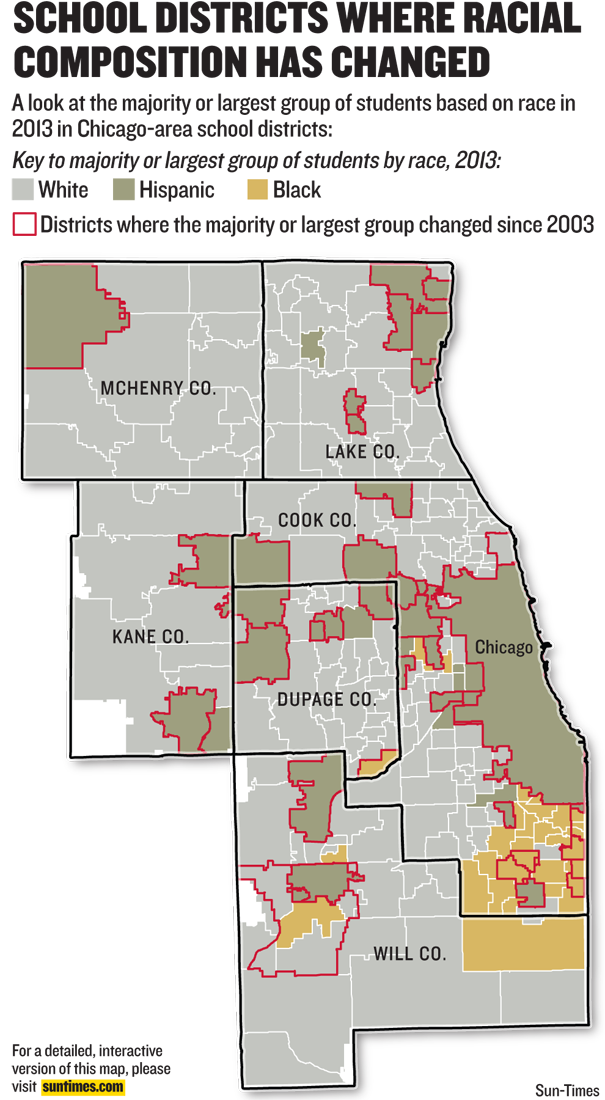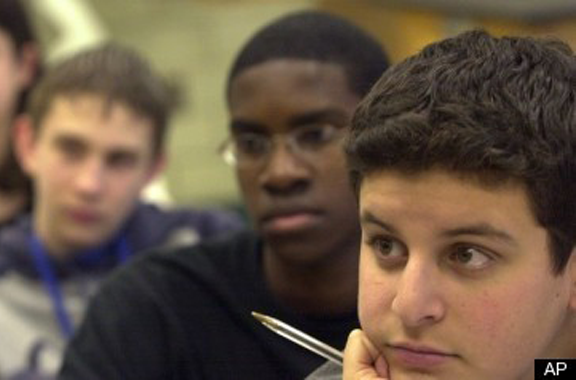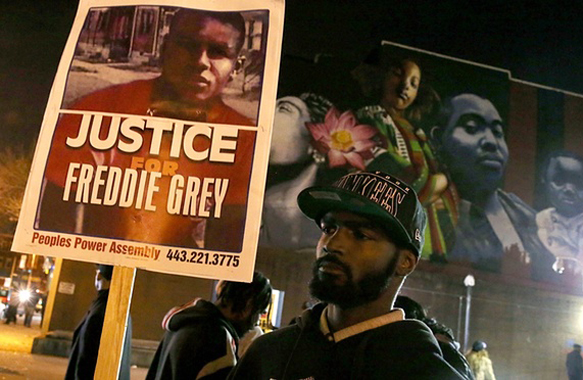If it is true that color and creed do not matter in a democratic nation, why do we pay so much attention to the divide, diversity, and the demographics? Perhaps, the reason is what the data reveals. Our population is dissonant. Concurrently, the choir sings in harmony; yet no one can carry a tune. As a congregation we pray in unison. We take a vow to democracy. But look in the pews and you will see ostensibly devoted parishioners who advocate for a society that is separate and unequal. We are a prejudiced people who knowingly pray for forgiveness. How might we know that we are a mix, pliable and rigid, unified and polarized, intolerant, and accepting? Peruse the numbers and ask yourself why is it in a nation that prides itself on equality one population can more easily move into a neighborhood? Why is it that poverty is more likely to exist amongst one people and not another? Why do some settle into the suburbs and others are not afforded the opportunity to migrate? Are the answers solely cultural? Or is it color and class? Is the true concern changing needs or changing neighborhoods. What do you think?
Associate Press Photograph
By Art Golab And Jon Seidel | Originally Published at Chicago Sun-Times November 1 Updated November 3, 2013
In the past 10 years, Superintendent Gregory Wright watched the student body in his south suburban district change from 58 percent black to 58 percent Hispanic. Now he is scrambling to recruit teachers from Spain, and he gets coaching on how to read announcements in Spanish at assemblies.
“Every decision you make, you have to consider non-English speakers,” said Wright, who is black and runs the Posen-Robbins Elementary School District 1431/2.

GRAPHIC: School districts where racial composition has changed
To View Interactive Map. Chicago area school district racial, ethnic change: 2003-2013
Whites lost their No. 1 status to Latinos in 19 suburban districts spread across the six-county area of Cook, DuPage, Will, Lake, Kane and McHenry. Blacks were displaced by Latinos as the leading group in nine other districts, including the city of Chicago.
This year’s school report card shows that minorities make up nearly half the students in Illinois public schools. And, of those minorities, Hispanic students have eclipsed blacks over the last 10 years as the largest minority, 24 percent.
Chicago demographer Rob Paral said the changes track what the census has been reporting. “The flips from white to Hispanic make sense,” he said. “It’s happening in areas where the Latino population is growing in the suburbs.”
Paral also noted that the black population is falling, and blacks are not just leaving Chicago, they are leaving the state. Still, he said he was surprised that Latinos were replacing blacks in some areas.
“Blacks have been so segregated, there are not many places where non-blacks move into places that are majority black,” Paral said. “It highlights the incredible black population decline we’ve had in Illinois.”
But blacks also became the new largest group in six districts, mostly in the south suburbs, replacing whites in every case.
There was no change in the top population group in 255 other districts in the six-county area. However, the percentages of Hispanic students increased, and the percentage of white students decreased in nearly every district during the past 10 years.
Report card data also revealed that nearly half the students in the state are now low-income.
For the Posen-Robbins district, Wright said the changes have been a factor in lower academic achievement. One elementary school in the district dropped by 130 school ranks in the last three years, according to this year’s Sun-Times report card analysis. “There’s a learning curve in understanding how to deliver services to that population,” he said.
In the western suburbs, enough Latinos have moved into Maywood to push the Maywood-Melrose Park-Broadview School District 89 from 58.2 percent black to 59.1 percent Hispanic over 10 years.
Superintendent Michael Robey attributed much of the change to the housing crisis.
“We had a lot of families that moved out,” Robey said, and those homes were bought by Hispanic families.
As a result, “every single building” in his district now has some kind of bilingual or English Language Learning program, he said. In addition to the district trying to help Spanish-speaking students understand English, Robey said it’s an opportunity for English-speaking students to learn Spanish.
“We’re looking at it as a win-win opportunity,” Robey said.
In one district, Evanston/Skokie School District 65, whites replaced blacks as the largest group. The white percentage there increased only slightly, but the black percentage dropped from 43 percent to 26 percent, making Evanston the only district where whites became the new leading group.
District spokeswoman Lora Taira said shifting demographics have meant an increase in her district’s Hispanic population and a decrease in its black population. But she said the number of reported black students also may have declined because of new guidelines where students can identify themselves as biracial.












Leave A Comment